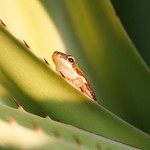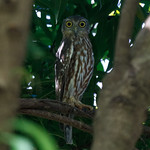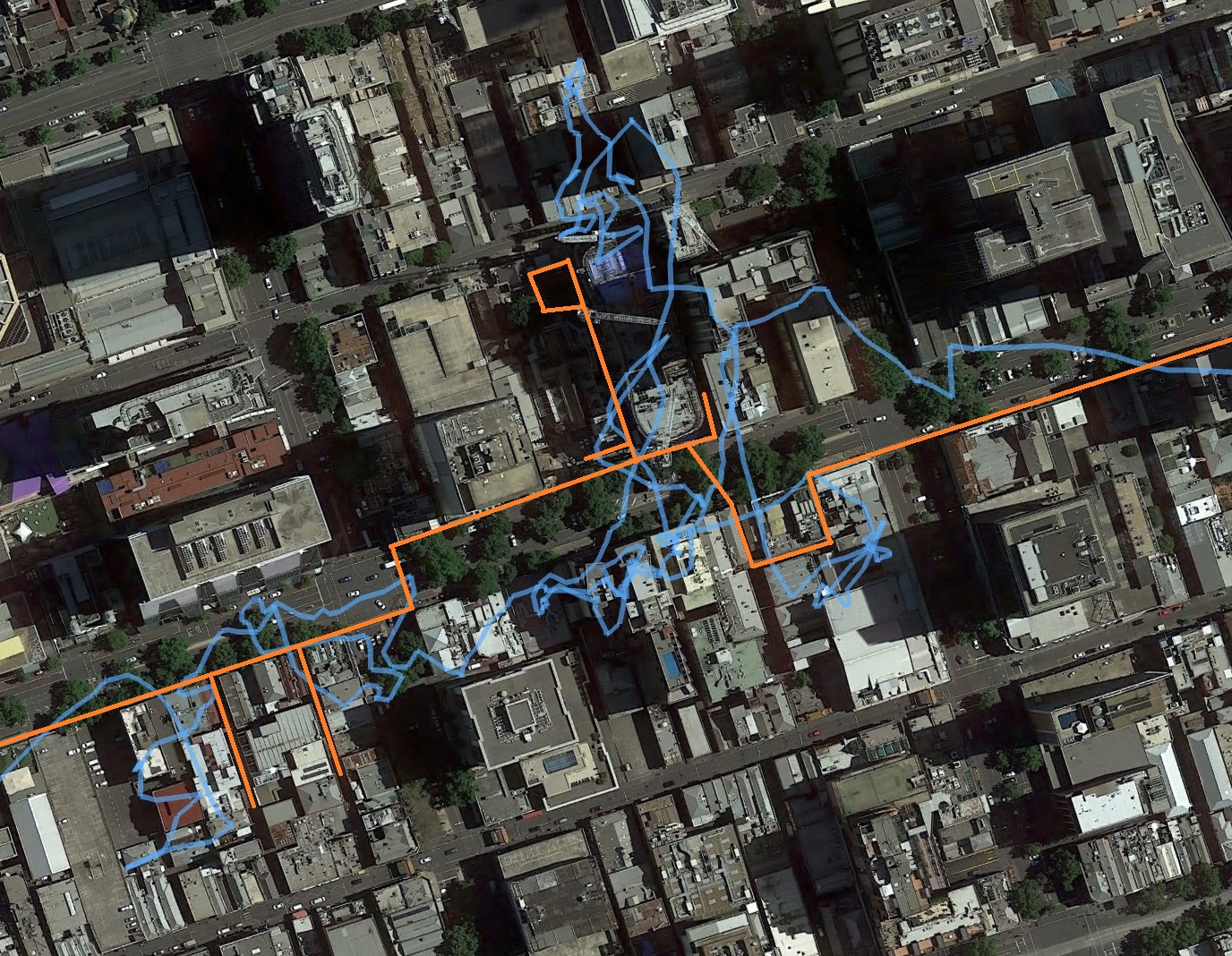My camera is still the Canon 7D and earlier this year I realised that I have had it for ten years, and I got it secondhand which means it is over twelve years since it was released. Despite the age I have been happy with it, except when I am able to directly compare the results from my camera with the results from newer cameras, so it has been in the back of my mind for a few years that it was time to upgrade.
On a few Canon Collective (RIP) events such as birds of prey and ice hockety I was able to use a 1DX which was impressive, but also way out of consideration. It was the Canon 5D Mark IV that I used on my Lake Eyre trip in 2019 that was much more reasonable. When I got home from that trip I started looking for a 5DIV, but I didn’t find any for a reasonable price and I realised that I should first get back into taking photos more often before spending money.
I barely touched my camera for the remainder of 2019 and then in March 2020 I made a resolution that if I started getting out to take photos again I could justify upgrading my camera. I even signed up and paid the deposit for a photography tour to Kakadu later in the year, with the aim to upgrade before that tour.
We all know what happened to the rest of 2020…
The tour almost went ahead in 2021…
Thankfully the 2022 attempt at the tour went ahead a few weeks ago, with Luke from NT Bird Specialists and Jay (formerly Canon Collective…) from The Photography Workshop Co being a great double act.






Although I hadn’t upgraded my camera, I did hire a 100-400mm lens to take instead of my 70-200mm lens. I love that 70-200mm lens but I knew that it wasn’t long enough, I would need more zoom for birds and other small subjects.
Although I got a lot of great shots, being part of a group (almost all Canon and a mix of 90D, 5D, R6 and R3 bodies) also showed the limitations of my camera:
- newer sensors have more pixels and less noise – I had shots that I can’t use because in the low light my ISO was cranked way up and there is too much noise that not even Topaz DeNoise AI could give a decent result. However shots from others at the some time at the same ISO have come out good.
- eye detection autofocus – It was amazing to see how the new cameras could keep focus on the bird as it took flight, but in my case I had to track the animal myself, resulting in a lot of unusable action shots that I deleted.
- the viewfinder for mirrorless is a screen – No having to check the back of the camera to see if the exposure is correct, you will see it directly in the viewfinder, it was said you can control everything you need to without moving the camera from your eye.
It would be great if I could drop thousands on a new camera body and lenses, but that is not reality so I need to be more sensible.
Taking stock
I have acquired a variety of camera gear over the years, but when I think about it there are only a few key pieces:
- The Canon 7D body
- My main lens is an EF-S 15-85mm which I got in 2014 after my 17-85mm locked up on my first trip to the US
- My long lens is the EF 70-200mm (f/4 not the f/2.8) which I use at events like an airshow or bike race, or at a location like a zoo
- My wide lens is an EF-S 10-18mm which I will sometimes use for landscapes or architecture
A possibly inclusion on this list is my EF 28mm f/1.8 which I did use for a while for low light indoor (and on my Perth road trip when my 17-85mm broke) but haven’t used for a long time.
What do I want?
The single feature that I wished I had is an articulated screen as there are many times when I am holding the camera low or high and not able to see through the viewfinder. It was interesting to read back in my earlier post to see that was a compromise I made when getting the 7D.
Finally making the jump to full frame should give me the sensor size and noise improvements that I want, but those that know Canon lenses have already spotted that I would have to also replace my main lens. I would also need to replace my wide lens, and while at it it would be good to replace my long lens. So replace everything…
If I have to replace everything do I make the switch to mirrorless? If making that switch, do I even stay with Canon? I know a number of people that switched from Canon to Sony or Olympus…
A camera body new enough to have eye detection autofocus would be fantastic, but that is unlikely on something secondhand, and do I need it? It was great for wildlife photography, but that is not my normal subject. Buildings and structures do not move and don’t have eyes that need tracking…
The incremental option
This option involves sticking with Canon but switching to full frame, which will mean replacing lenses as well as the camera body. Due to the switch over to mirrorless there hasn’t been a new Canon DSLR for some time, the 5D Mark IV from 2016 the 6D Mark II from 2017 are the latest in their respective lines, meaning that the secondhand price is still reasonably closed to RRP.
Of these two I am considering the 6D Mark II as while it is in the lower range than the 5D Mark IV, it got good reviews, is slightly newer and is also half the price at $2000 instead of around $4000. There are some secondhand ones available, looking like a good condition one will go for around $1500.
Now on to lenses, to replace my main lens it makes sense to go for a L lens. The equivalent to my 15-85mm in focal range would be 24-136mm. There is no L lens with this range, the closest being the 24-105mm with the II version running $2000 new or $1000 secondhand, with the earlier version coming in around $650 secondhand.
I don’t have many options for a wide lens from Canon, they have some cheap EF-S lenses, but anything EF is L and expensive, the cheapest being the 17-40mm f/4 for around $1300 new or $600 secondhand, not sure how justifiable this is for occasional use.
I wouldn’t need to replace my 70-200mm lens immediately, but long term I would love to get a 100-400mm. Maybe one will come up secondhand for a good price, otherwise if I know of a specific event (such as an airshow) then I will consider hiring a lens. This worked out well for the Kakadu tour, but there is a point where hire costs would exceed purchase costs. I could also keep my eye out for an extender that will work with the 6D Mark II and the 70-200mm, more zoom for not as much money.
All this means is that the “budget” option would be to go for a 6d Mark II with a 24-105mm for $2000-2500. That is still a fair chunk of money and still leaves me years behind in the latest tech.
The splashy option
What would it mean to get up to date with the current technology? With the limitation of not wanting to overspend and also the caveat of (for now) sticking with Canon?
Based on discussions amongst the tour group the current choice would be the Canon R6 mirrorless body. At under two years old there is very little chance of finding this secondhand, so the only option to get below the RRP of $4000 is to wait for a special. There were some EOFY specials at around $3600, but possibly even better with Black Friday later in the year.
The main lens I would use with an R6 would be the RF 24-105mm, while there is a version for $600, if I am spending money then it makes sense to go for the L version at $2000 RRP. Combined with the body this is already putting the total at $6000 before looking at a wide lens…
Being realistic
To be honest I don’t need to spend any money, my 7D is still working great and for the amount I spent overall on the Kakadu tour (flights, accommodation in Darwin, etc) I could have instead bought a new camera, but then I would have a new camera and not have the experience of going on the tour.
I’m not going to rush into anything, and will preference spending money on going places with my existing camera over having a new camera but not going places.








